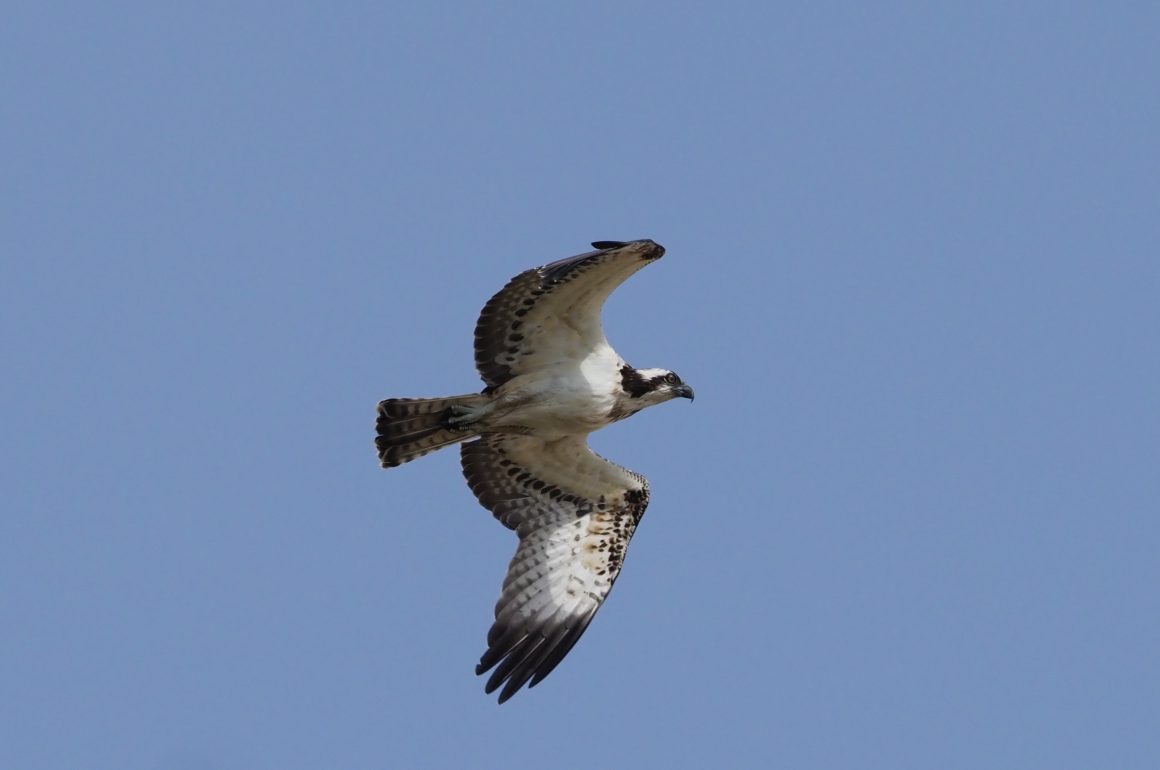
As initial sightings go, my first encounter with an Osprey could hardly have been bettered. It took place on the RSPB’s Minsmere reserve in May 1969. I was working as a voluntary warden on the reserve at the time, and on the day of my sighting I was helping to repair a bridge over a dyke to Island Mere. It was a non-visitor day, so there was hardly anyone about. Suddenly, all the Black-headed Gulls rose in a panic, and a moment later I spotted the cause for their alarm: a large bird of prey was soaring overhead. I may have never seen one before, but this bird was unmistakably an Osprey. It circled around a few times, then plunged into the mere with a spectacular splash, rising heavily a moment later with a large fish in its talons. Fantastic!
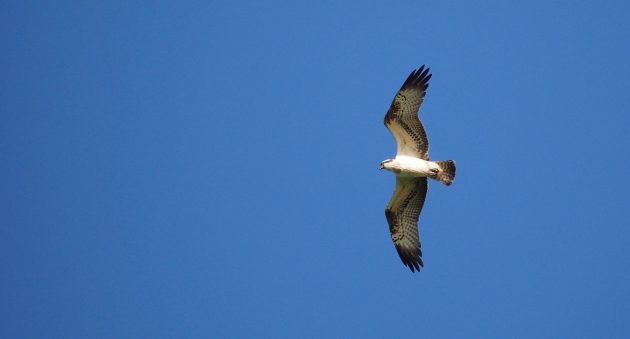
Seventy-five years ago there were no breeding Ospreys in Britain: today the population is close to 400 pairs. Scotland remains the stronghold, but there is an increasing number of pairs in Wales and England
In those distant days Ospreys were genuine rarities, especially as passage birds in Suffolk. After a long absence, Ospreys had started nesting in Scotland again in 1954, but their recovery had been falteringly slow, due to egg collectors, marauding Hooded Crows and even disturbance by birdwatchers. In the late 1960s there was still only half a dozen pairs. They nested exclusively in Scotland, so the only chance of seeing one in England was chancing upon a passage bird. The date of my sighting suggests that my Minsmere Osprey was more likely to have been a Scandinavian migrant, as the Scottish birds are generally back on their breeding grounds by late March.

I thought back to this first encounter earlier this month , when I visited Ranworth Broad in Norfolk to see East Anglia’s first nesting pair of Ospreys. This breeding attempt (which, at the time of writing, looks like being successful) wasn’t unexpected: this is the third consecutive year that the Broad has hosted a pair of these birds, but the first time that they have settled down and laid eggs. Their nest is a natural one, built by the birds themselves, on a tall tree overlooking the Broad, which is a reserve of the Norfolk Wildlife Trust.
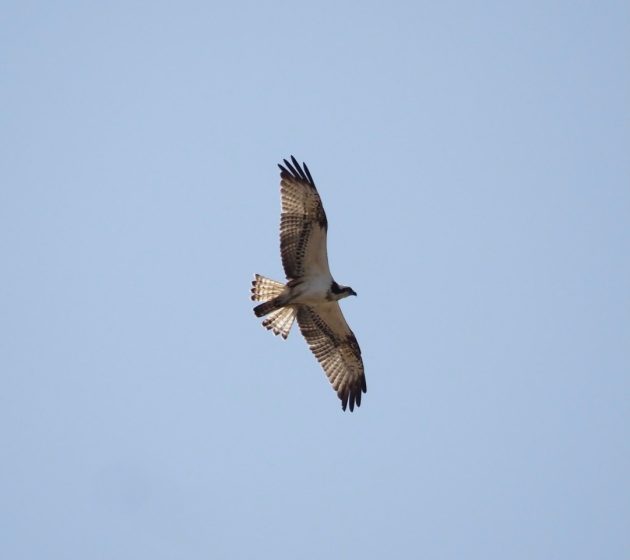
It’s generally reckoned that this is the first time Ospreys have nested in East Anglia for at least 200 years, but the truth is nobody really knows. The authoritative The Birds of Norfolk (1999) makes no mention of the bird ever having bred in the county. There have, however, been a number of records of birds over-summering in Norfolk in the last 50 years, with Ranworth Broad a popular site. It’s certainly ideal for nesting, being undisturbed and with a plentiful supply of fish.
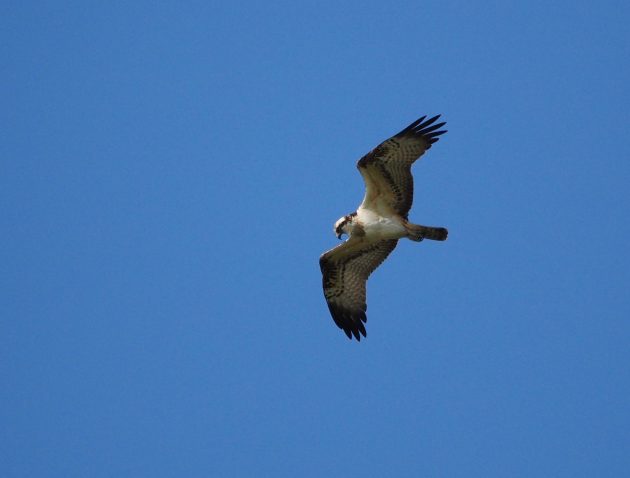
The return of the Osprey as a nesting bird in England has been a slow one. The first unsuccessful nest was in Cumbria (close to the Scottish border) in 1999, while these spectacular birds have been breeding successfully at Rutland Water, in the heart of England, since 2001. The latter was the result of a introduction project which started in 1996, translocating young birds from Scottish nests to Rutland. Young birds will generally return to breed where they were reared, but as young Ospreys spend their first two years in Africa this is a slow process.
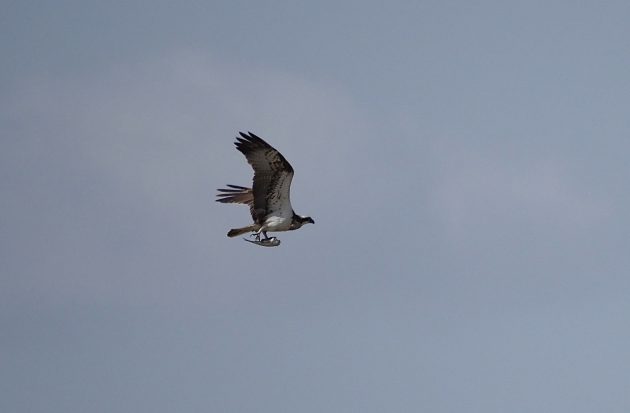
Since the initial nesting the Rutland population has increased to several pairs, and an impressive 278 chicks have fledged there, with more to join that total this summer. Young birds from Rutland have nested at a number of other southerly sites, including Wales and even the Netherlands, while it seems highly likely that one of the Ranworth birds was hatched at Rutland.
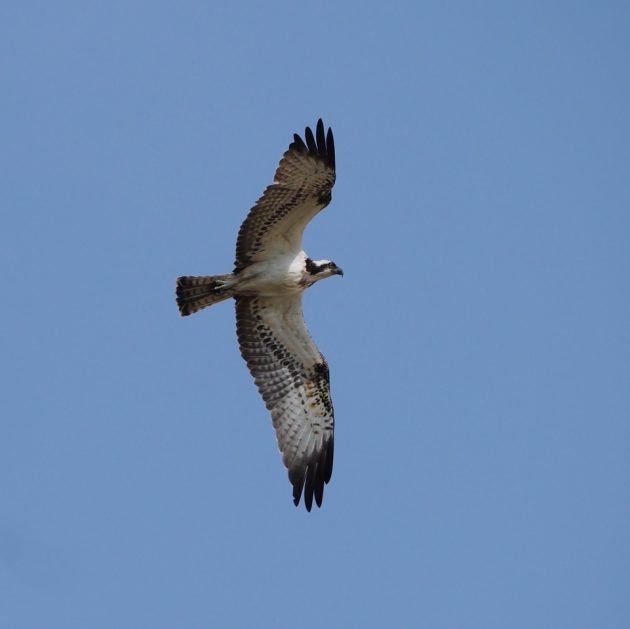
The success of the Rutland project has led to similar reintroductions in in Andalucia, in Spain and Maremma National Park, Italy, as well as Portsmouth Harbour on the south coast of England. There have been been plans to introduce the birds to my county of Suffolk, but the nesting in Norfolk suggests that they are more than likely to establish themselves naturally.
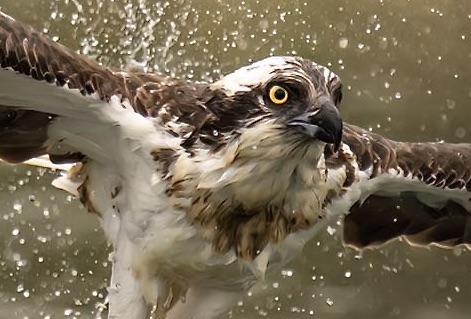
Ospreys are, of course, one of the most cosmopolitan of birds. I’ve seen them on every continent I’ve visited: North and South America, Asia, Australia and Africa, as well as Europe. All the Birds of the World shows two species: the Western Osprey Pandion haliaeutus and the Eastern Osprey, P.cristatus, However, the latest AviList lumps them back again as one species, which seems logical, as any differences between the western and eastern birds are minor.
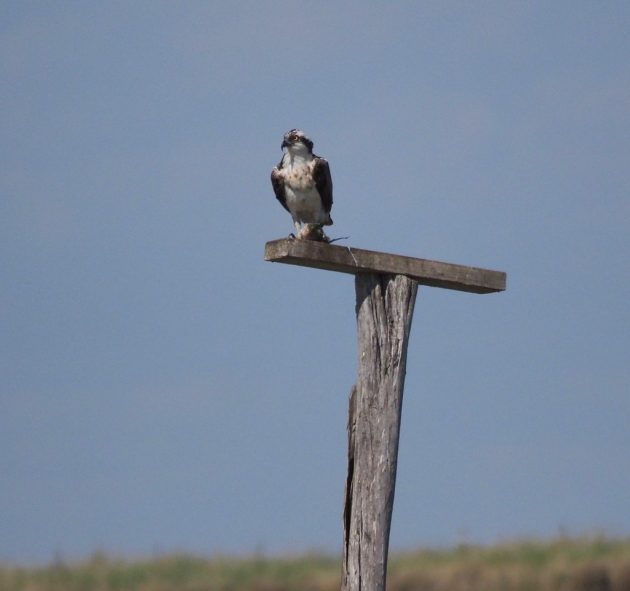
I’ve seen them widely in Africa in many different countries, but curiously they have never been proved to breed south of the Sahara (there is a breeding population along the Red Sea, in the countries of Somalia and Sudan). Quite why they don’t nest in Africa is a mystery. Young birds from Europe and Asia migrate to Africa in their first summer, and most remain here for at least two years before returning north to breed.
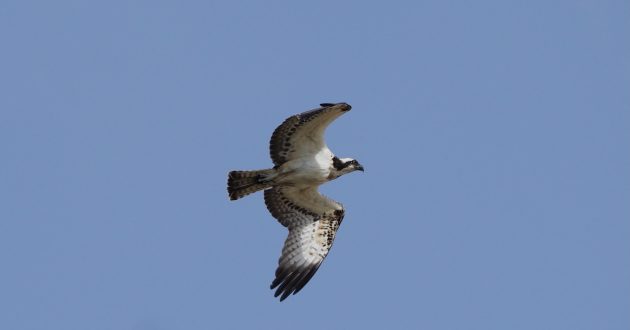
I’m sure that North American readers will be wondering what all the fuss is about, as Ospreys are widespread breeding birds in the USA and Canada, with the population along the east coast one of the densest in the world. The North American population did suffer a serious decline 60 years ago due to pesticide poisoning, but has now recovered. The North American birds demonstrate how well Ospreys can live alongside man. Perhaps the European birds will eventually follow their example.


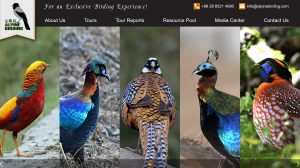
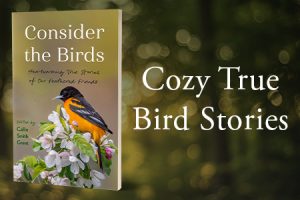



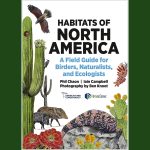




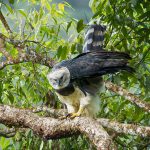
Great report. I learned how unusual Osprey were in England when, 15 or so years ago I visited one September and went on a Watford RSPB walk at some ponds. I didn’t know the common birds , got excited over a dunnock (it was 30 or 40 years since I’d lived there and I hadn’t been a birder), and had only a small travel pair of binoculars . So the group clearly didn’t think much of me as a birder. But then this Raptor flew along and I called out Osprey. I’m quite familiar with it from birding in the US – in fact I saw 2 just a few days ago – so id’g it was automatic. After some initial disbelief, the leader and group saw the bird and confirmed my ID. I think their opinion of my birding skill went way up after that!
In Portugal Ospreys were extirpated from their coastal home (they bred on cliffs) and have been reintroduced to the interior. The many interior dams and lakes apparently a better place than the ever more crowded coast. I have seen them on the coast regardless because birds fly… I can also comment on Chris’ comment – nothing more fun than seeing your super-familiar birds in places where they are extreme rarities. I saw a Common Redshank (tuu-re-luur!) in South Africa once. Apparently a big deal.
I enjoyed reading about ospreys across the pond. As an east Coast coastal resident in the USA I have grown up with ospreys coming and going every year. Nevertheless it is always a thrill when they arrive in early spring and raise their young before your eyes. Majestic and so adept at catching and carrying fish, ospreys are super special. It is nice to see one on another continent too. I remain hopeful that the UK ospreys regain their footing. Great read!